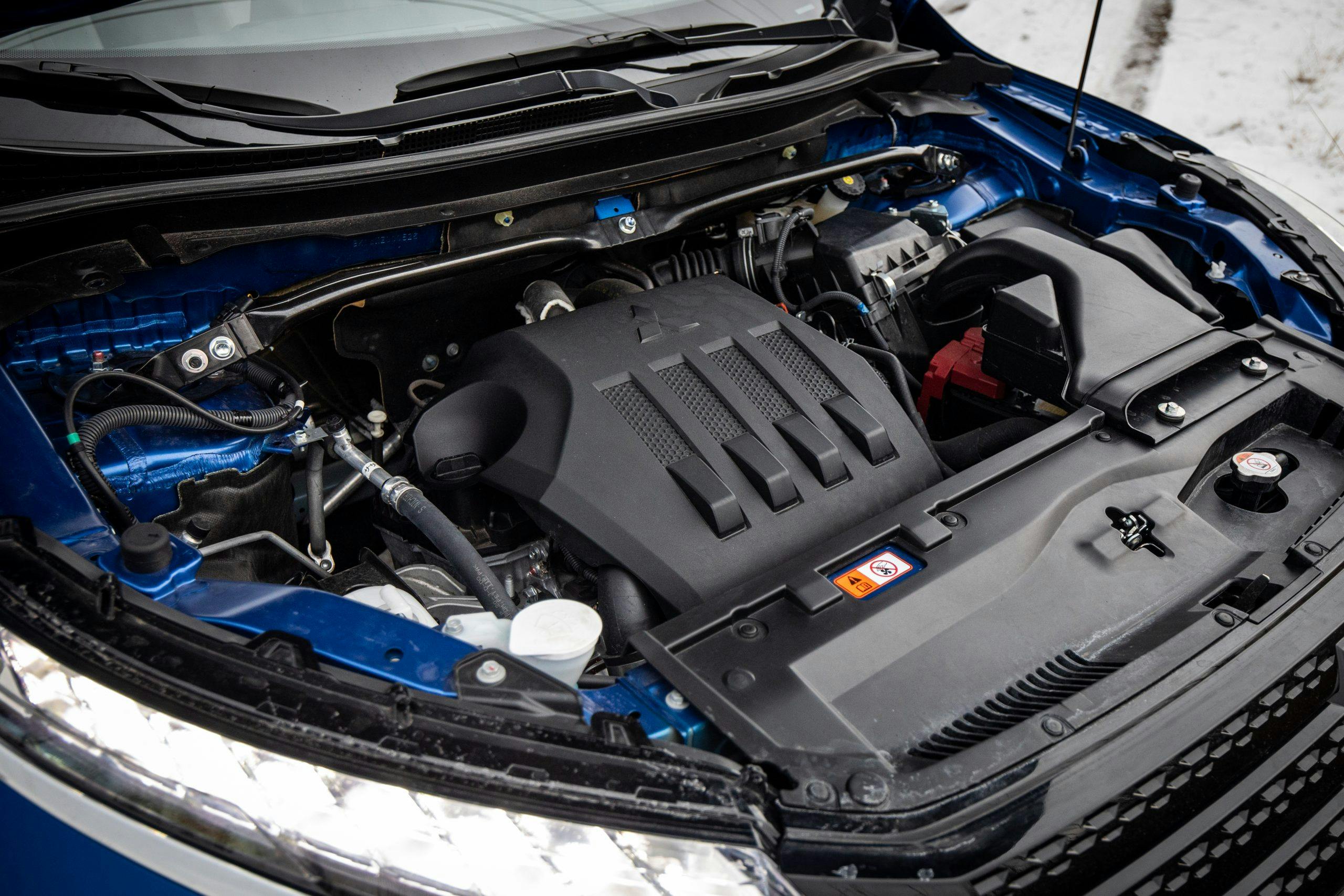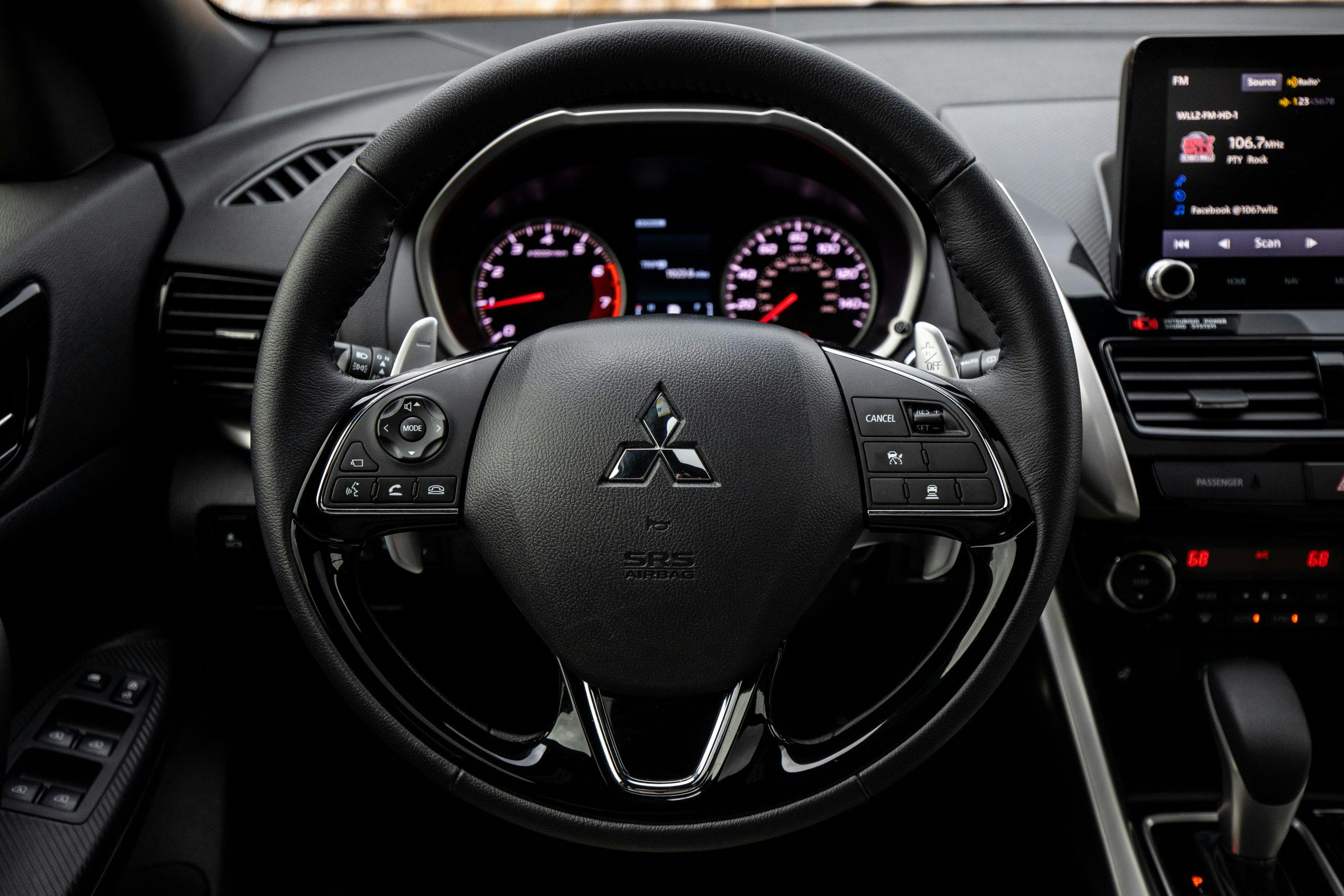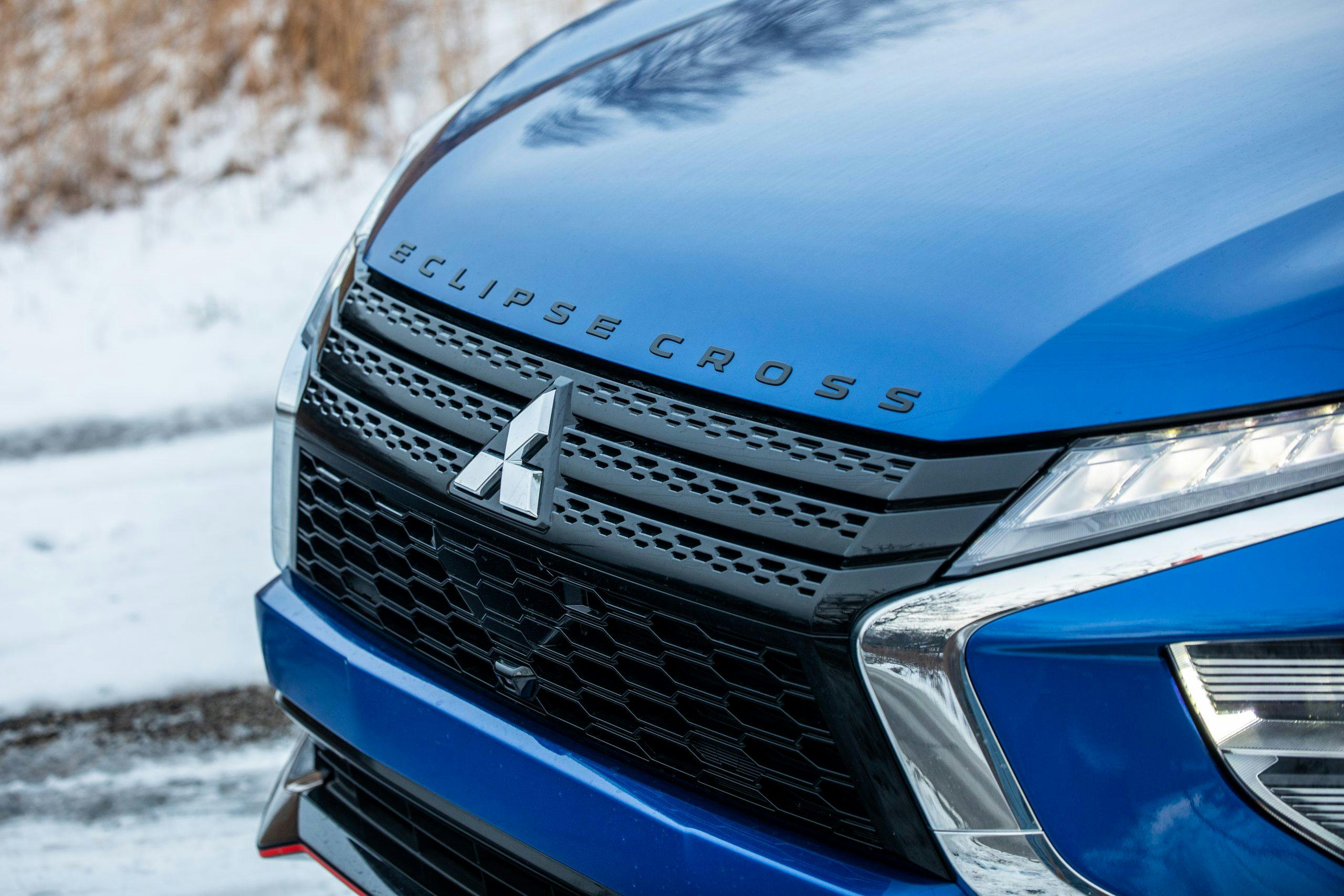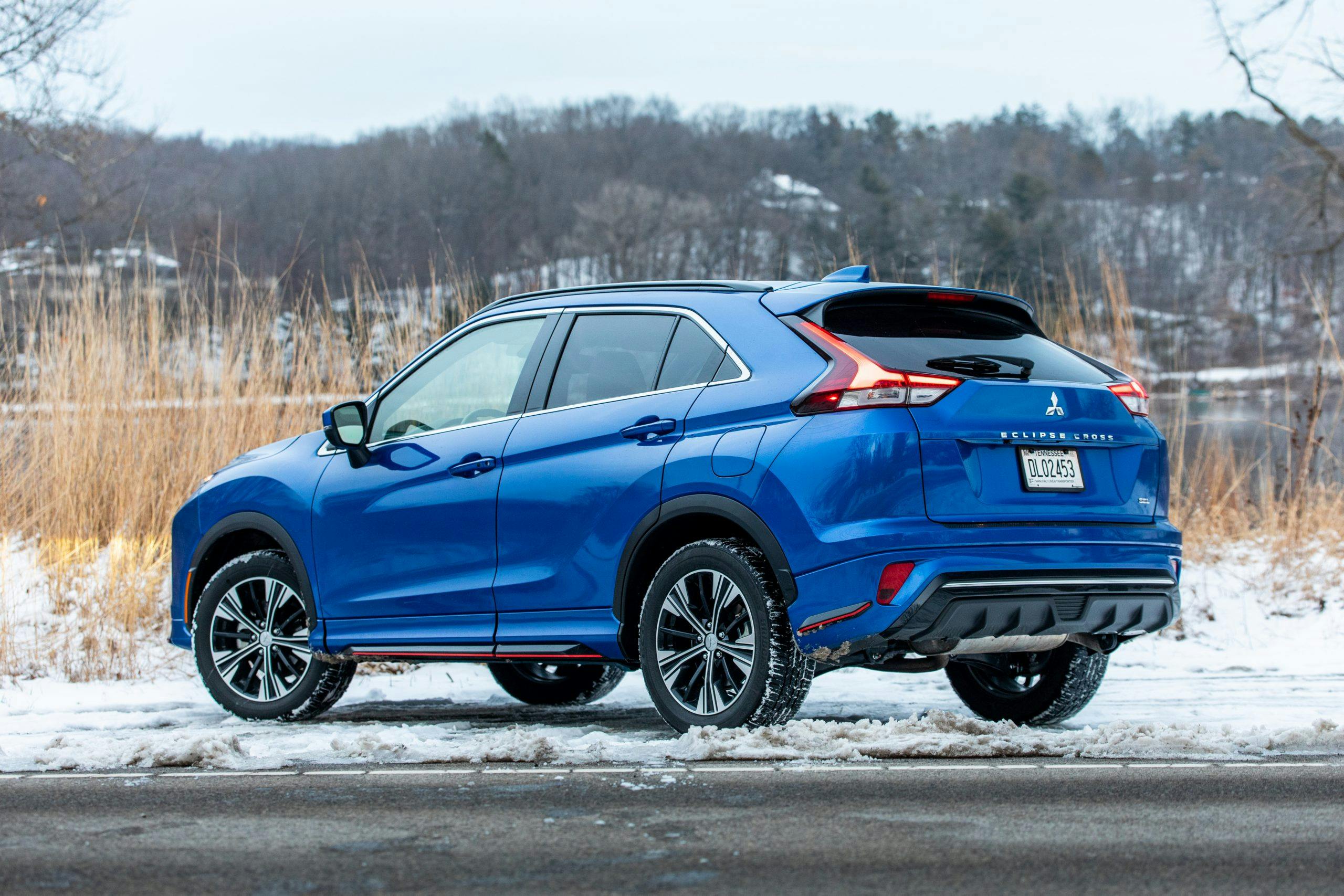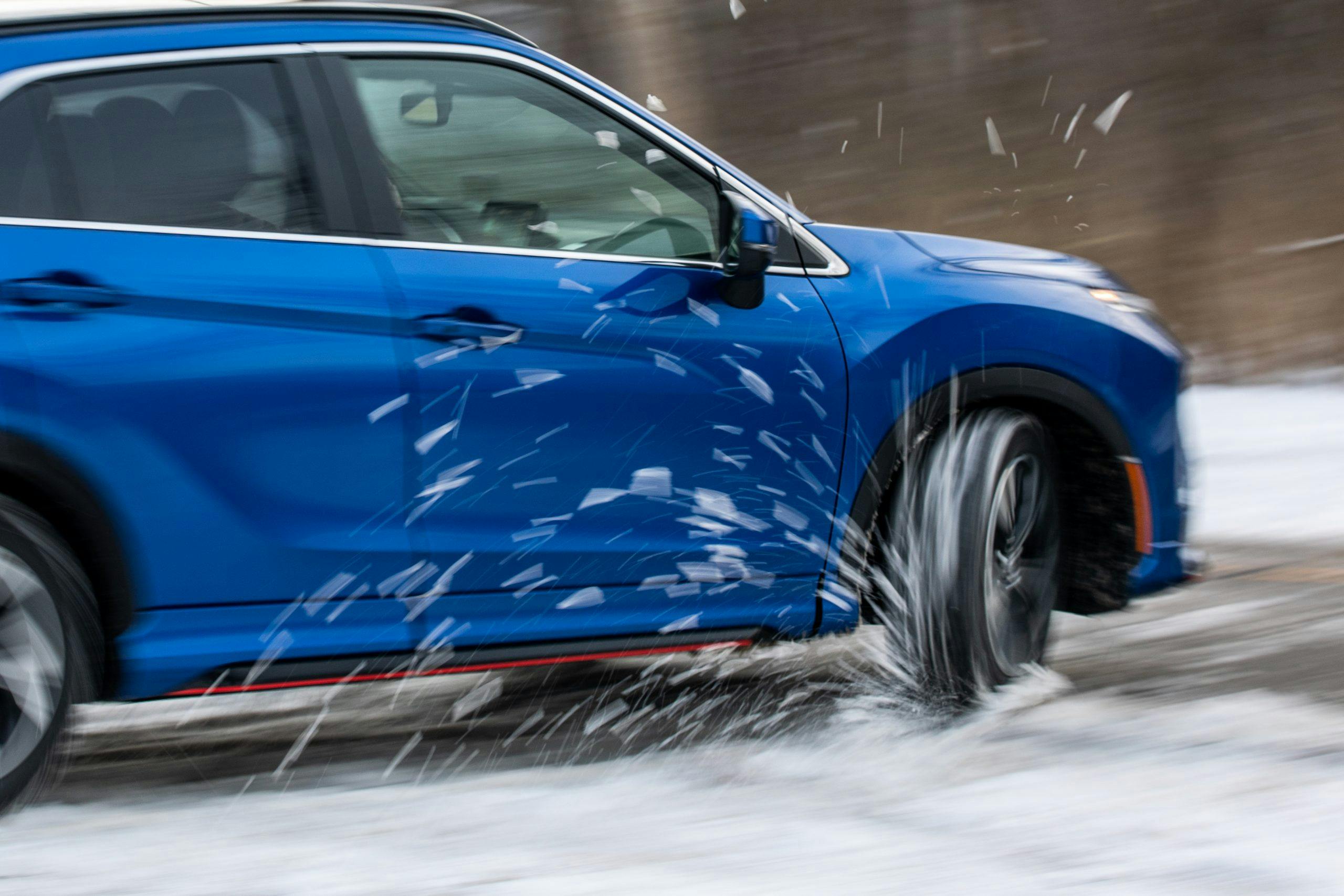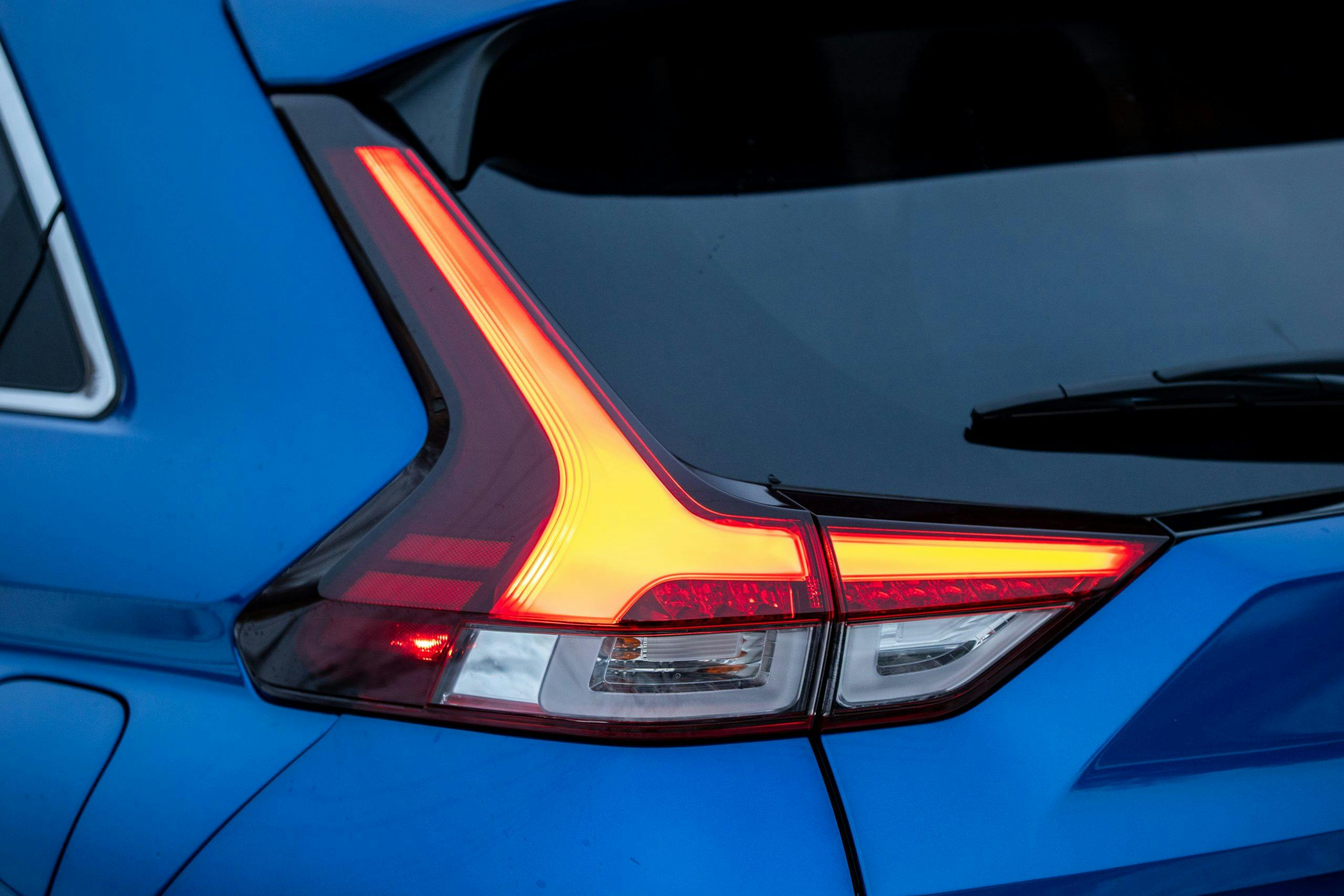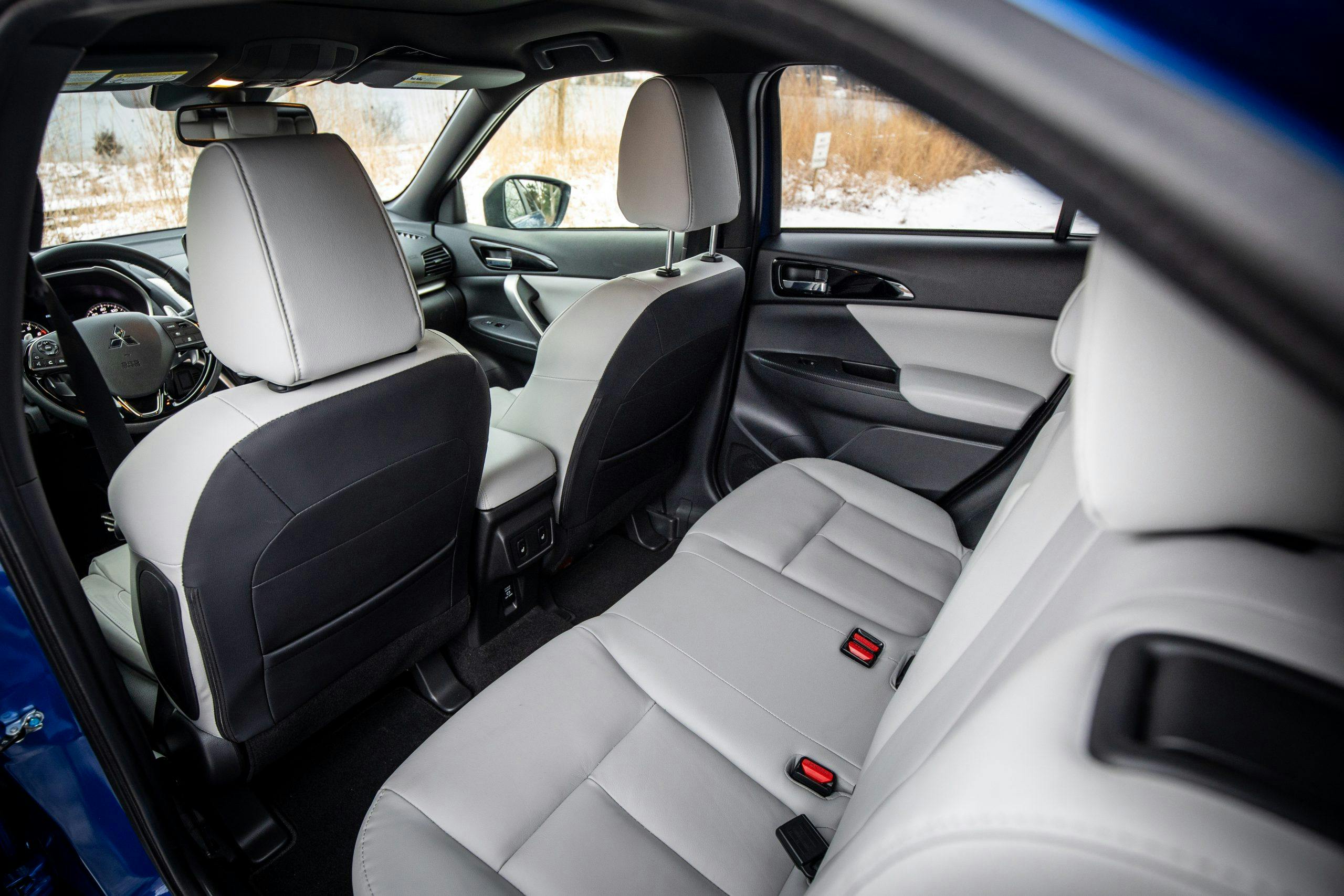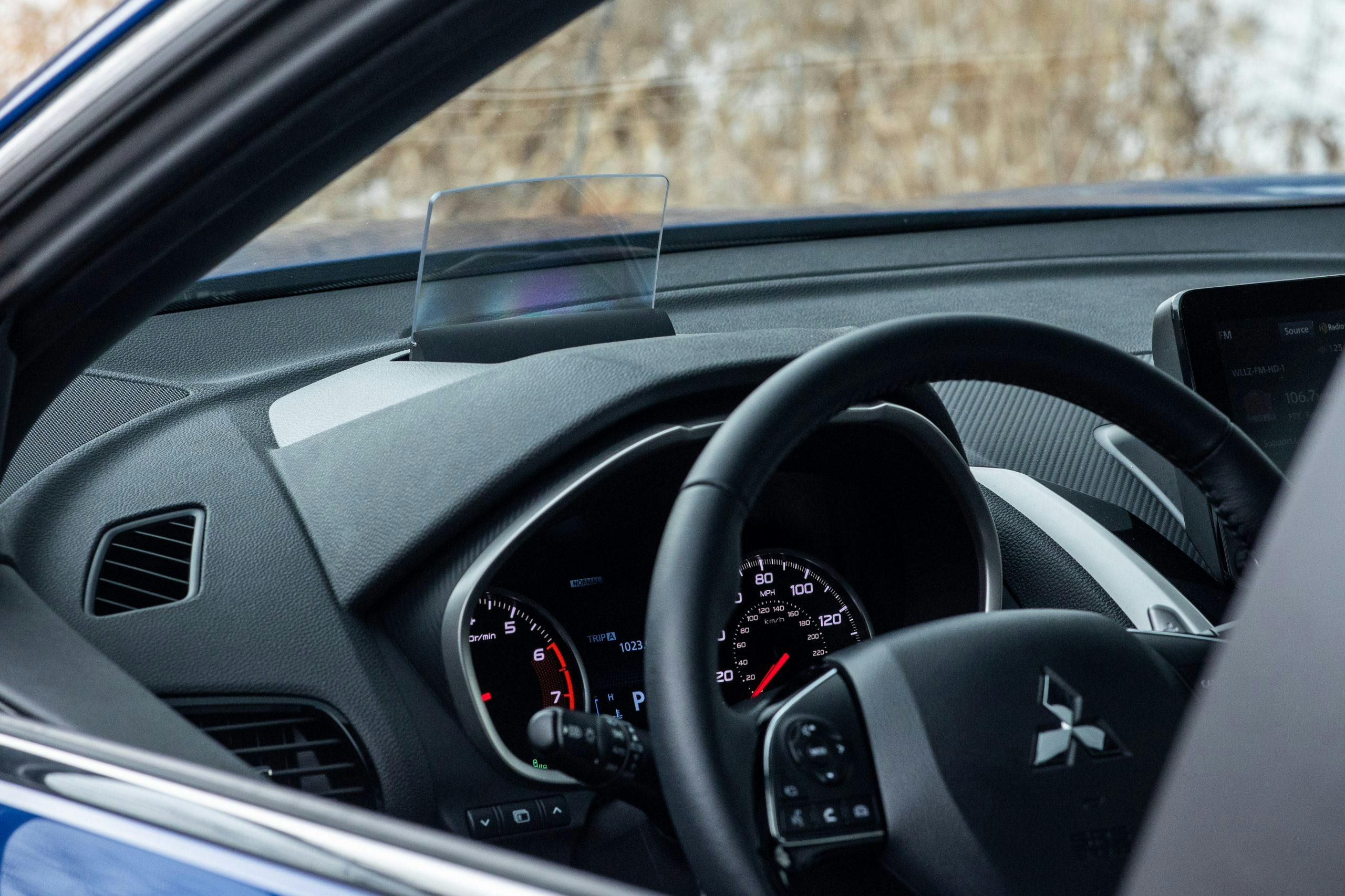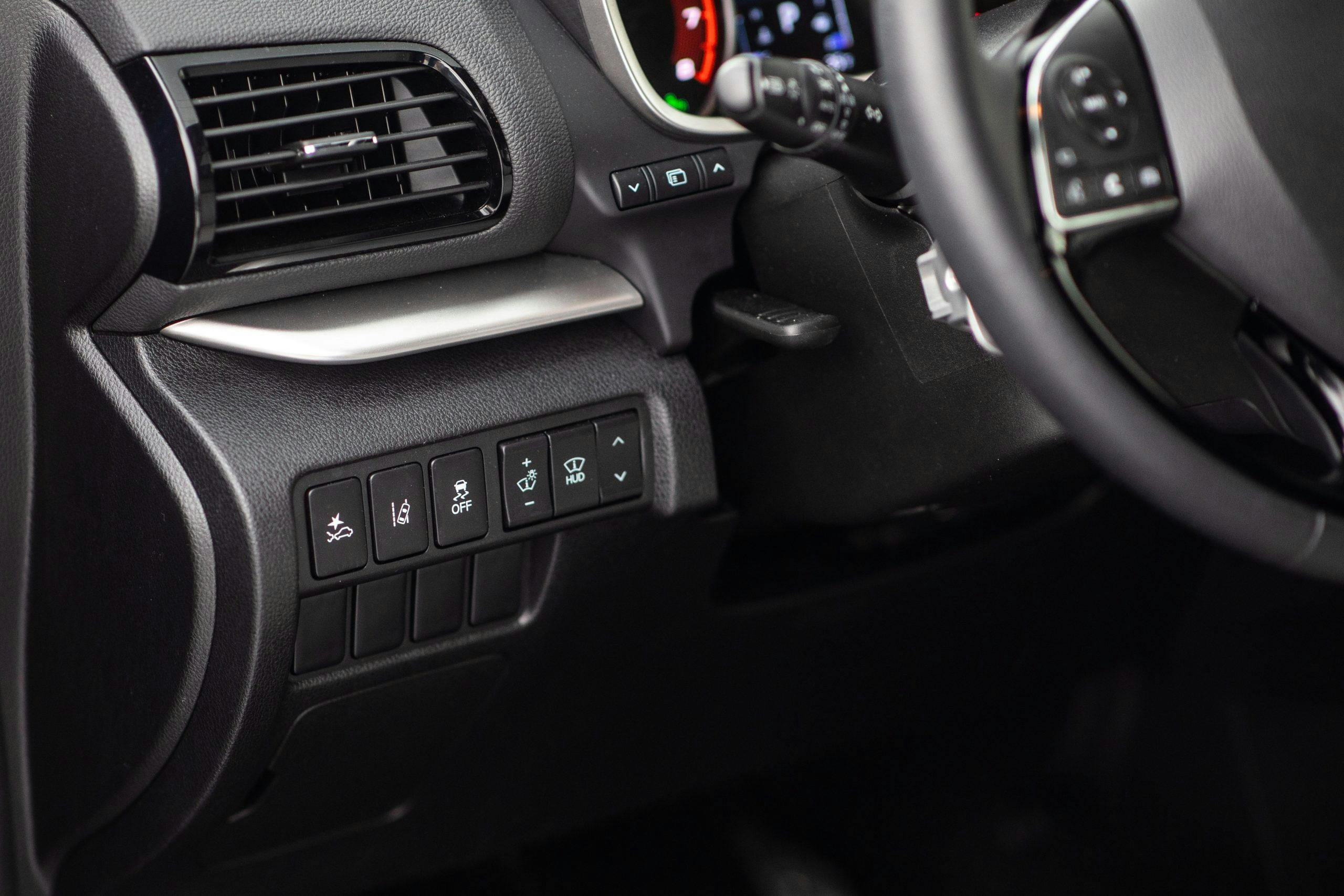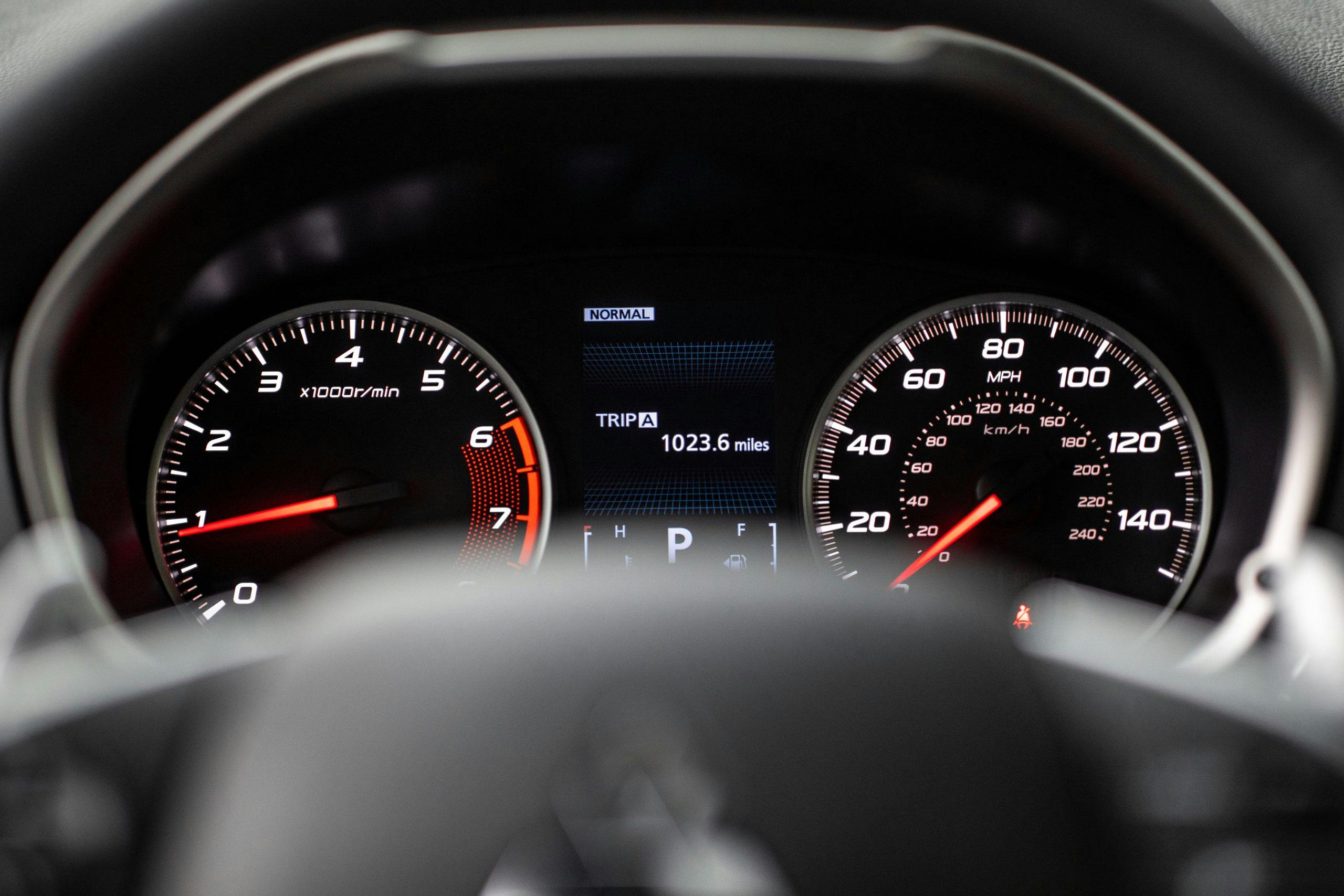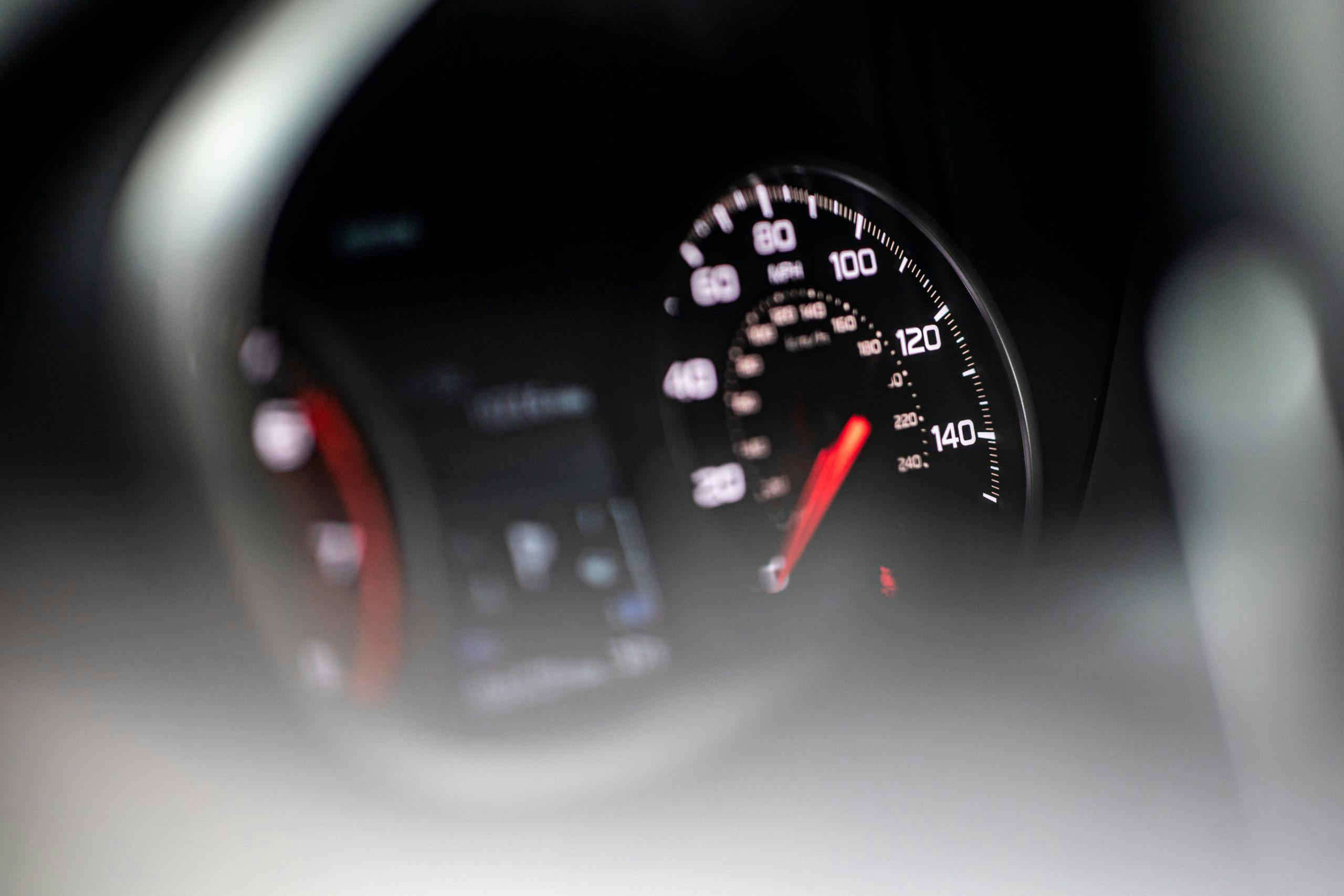Review: 2022 Mitsubishi Eclipse Cross SEL S-AWC
This is everything you need to know about the refreshed-for-2022 Mitsubishi Eclipse Cross in a single sentence: If you couldn’t buy one, you’d really want to buy one. Wait. Hear me out. The Eclipse Cross is the only Japanese small crossover you can buy. I don’t mean Japanese-brand small crossover. Those are all made in the United States or Canada, in places like East Liberty, Ohio, and Smyrna, Tennessee. Furthermore, they’re all painstakingly adapted to American tastes by dedicated American engineering teams. The current-day RAV4, for example, is basically an old Highlander in size and function; it has nothing in common with the funky, curvy subcompact two-door whack-a-mole that wore the RAV4 badge twenty-eight years ago. The CR-V is a family wagon almost identical to the RAV4. And the Nissan Rogue is just like the other two, only it’s sold to people whose Equifax reports contain Surgeon-General-style warnings about lending them any money. There’s nothing unique, interesting, or quirky about these basic boxes, and it’s been that way for a decade now.
The Eclipse Cross, on the other hand — well, if Mitsubishi called it the Minica Lettuce Town Box and declared it would only be sold in certain Japanese prefectures, we’d all go nuts for it. It’s as JDM as you can get without actually driving the car from the right side: built in Okazaki with ninety-eight percent Japanese content. The powertrain is appropriately nutty: a 1.5-liter turbo four-cylinder twisting all four wheels through a CVT, adaptable to “snow” and “gravel” modes. It has the ungainly proportions of something you might see crawling through the background of the original Blade Runner film. The interior is basically a high-quality remix of a 1990’s Diamond Star Motors car, aka Eclipse/Laser/Talon, aka Dee Ess Emm, aka Disposable Speed Machine, complete with inexplicable touches like massive Lambo-style aluminum shift paddles fixed to the column, a heads-up display that disappears into the dash when not in use courtesy of not one but two motorized panels, and a glowing green perspective grid display between the instruments that is strangely reminiscent of either the movie TRON or the old Dimension X video game. You get the idea. This thing is strange.
Strange to drive, as well. It’s not fast in any sense of the word, not with 152 horsepower pushing north of 3500 pounds, but it’s oddly eager to turn and it’s not shy about leaning a bit in the corners. Make that a lot. Sharp applications of the brakes will put the nose down in a manner almost unheard of nowadays. It’s the first new car I’ve driven in quite some time that wasn’t really comfortable on the freeway. Like Sonny Crockett, it belongs to the city, and to the night. That’s where the impressive array of LED exterior lights really shines, pun intended, the CVT keeps the engine on the boil, and the quick steering enables the driver to grab the next desired lane with little effort. Exactly what you’d expect from a Japanese city car on stilts, really. If only it got better fuel economy; no amount of finessing the throttle on my part would push the mileage past 30. Not great for a tiny engine in a small-ish car. A CR-V or RAV4 will do much better in this regard, while being no less willing to answer the call of the wild right foot.
The reader is free to form his own opinion on the looks of the Eclipse Cross; I think it certainly looks unique. It’s a little shorter than the competition, even after a restyle that added a few inches to the back. The quality of the paint was outstanding, and the panel gaps are very tight. The matte-black Range-Rover-style “E C L I P S E C R O S S” badging front and rear is apparently an option; I could do without it.
Speaking of options. The Eclipse Cross comes in at $25,535 base price for a moderately-equipped 2WD variant. This “SEL” model, loaded for bear and equipped with all-wheel-drive, costs $34,075. That’s a lot of money. But you do get a lot of stuff. Power seats in a decent grade of leather, power panoramic sunroof, power folding mirrors, all the various moronic electronic safety doodads, the aforementioned robotic HUD, heated seats on all corners, and a Mitsubishi Power Sound System that earns its name by being very dynamic but not particularly musical; it should really be badged “Rockford Fosgate” as it sounds like every mini-truck system with a pair of Punch 45s bridged to a Bazooka tube behind the seat. (Trivia time: Mitsubishi did, once upon a time, have Fosgate-branded sound systems in their cars. The name is gone, but the vibe remains.)
If your neighbor has one of those $65,000 imitation CR-Vs that scream “My credit is MAXED OUT!” like a Porsche Macan or AMG GLC 43, rest easy in the fact that most people won’t be able to discern any substantial difference between your Eclipse Cross and their fun-sized wunder-wagon at twice the price. The only real way to tell is the size of the center LCD screen, which isn’t impressive in the Mitsubishi.

On the road, the Eclipse Cross is quiet enough, with a rigid body and no sloppy noises coming through the door or hatch apertures. There’s adequate room for six-foot-two people in both the front and back seats. Cargo space is about par for the compact-crossover course, although the feisty little slope to the rear window makes this car a bit less practical than an upright and uptight RAV4. Really, Mitsubishi would rather sell an Outlander to people who are cross-shopping the default-choice competition. This vehicle is for people who want something a little different.
The last time I drove an Eclipse-badged Mitsubishi it was a three-day Los-Angeles-area rental of a 2011 Eclipse Sypder. Here’s the weird thing: I just went through and looked at my pictures of that car. In most respects, particularly with regards to the proportions and shapes of the interior, that Eclipse was actually quite similar to the modern Eclipse Cross. No, this cute-ute is not a fire-breathing beetle-backed street racer the way the 1991 Eclipse GSX was, but let’s be fair: neither was the 2011 Eclipse. By then the car had matured (or declined, you pick) into a vaguely-sporty vehicle for bargain shoppers. In that context, there is nothing particularly heretical about the Eclipse Cross. Would I like the firm to sell a true successor to the original Eclipse? Yes. Would anybody buy one if they did? You know the answer to that.
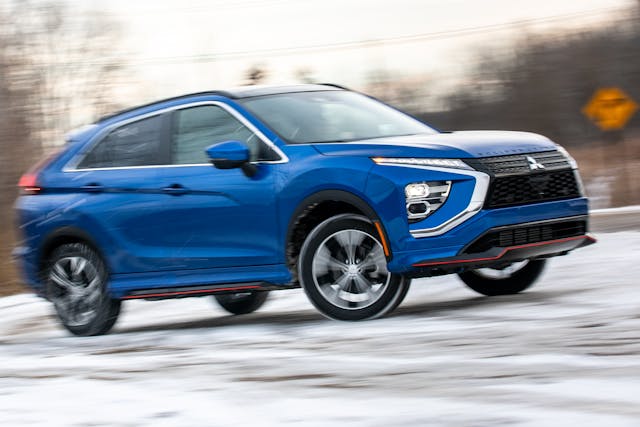
Therefore, I come not to bury the Eclipse Cross, but to praise it, within reason of course. While I can’t really recommend that you drop thirty-four grand on a fully-loaded SEL Touring S-AWC like the one tested here, I think the $25,000-and-thereabouts versions are a very safe bet. For that money you get a truly astounding warranty (10 years and 100k on the powertrain, 5 years and 60k on everything else) on a vehicle that doesn’t appear to need it; a quick look for used Eclipse Crosses turns up a surprising number of examples with 120,000 miles or more on the clock despite being just three or four years old. We’re in a bit of an inventory crunch for new cars as I write this; you’ll have better luck finding an Eclipse Cross at your local megadealer than you will a CR-V EX-L.
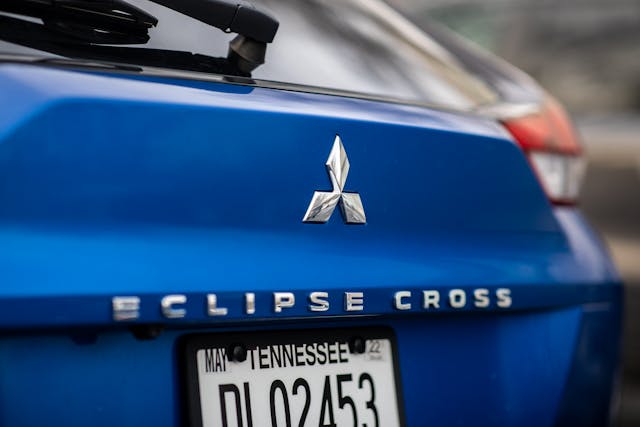
As I prepared to write this review, I did something I almost never do: I read what other people in the business had to say. Most of them panned the Eclipse Cross as a slow, thirsty, and just plain odd crossover that can’t match the competition in most respects. While I agree with the subjective truth of the above, I also can’t help but admire the car just a little bit. It’s that rarest of vehicles nowadays: something with a bit of what we used to call national character. Most of the entries in this market segment are essentially interchangeable. The Eclipse Cross is not. Five minutes behind the wheel and you’ll recognize it as A) authentically Japanese; B) obviously a Mitsubishi. In a world of bland grey boxes, I think this deliberately weird blue box deserves a thumbs-up. It just needs a different name to emphasize this. Forget “Eclipse Cross”… how about “Lancer Lettuce”?
2022 Mitsubishi Eclipse Cross
Price: $25,535/$34,075 (base/as-tested)
Highs: Fun, weird, built rather well, likely to last a while.
Lows: Small, slow, thirsty, not truly class-competitive.
Summary: In a segment of vehicles defined by their lack of appeal to emotion, here’s the emotional choice.


